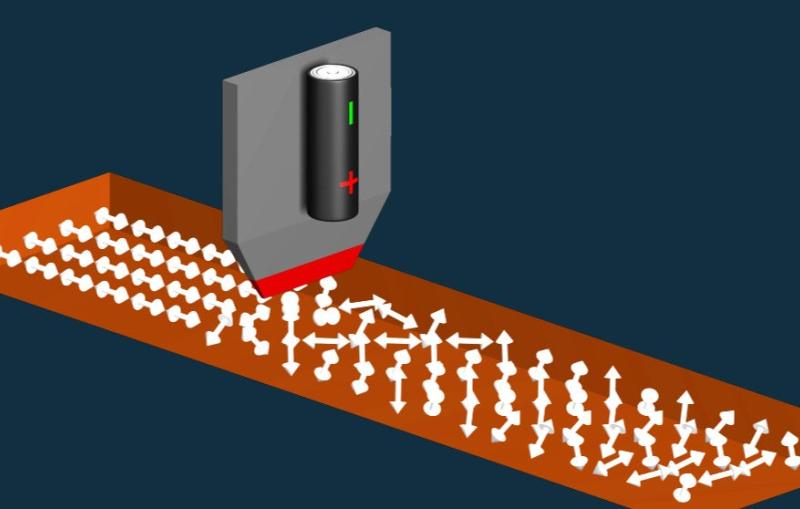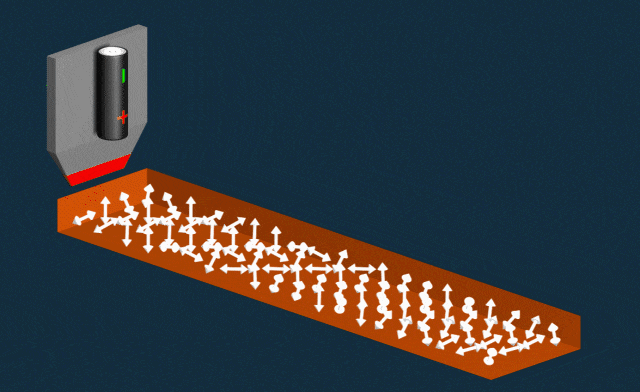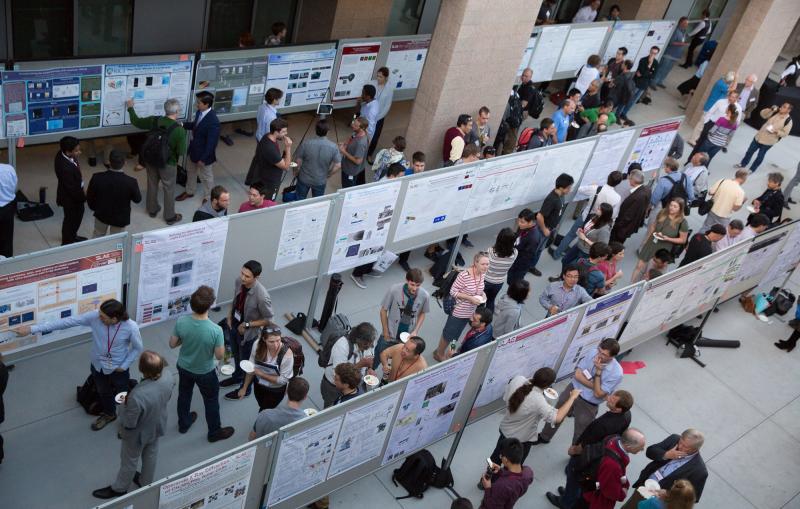
Animation
The electric field aligns the spins of the electrons in the nonmagnetic material, and the ordering creates magnetic properties.





The electric field aligns the spins of the electrons in the nonmagnetic material, and the ordering creates magnetic properties.



